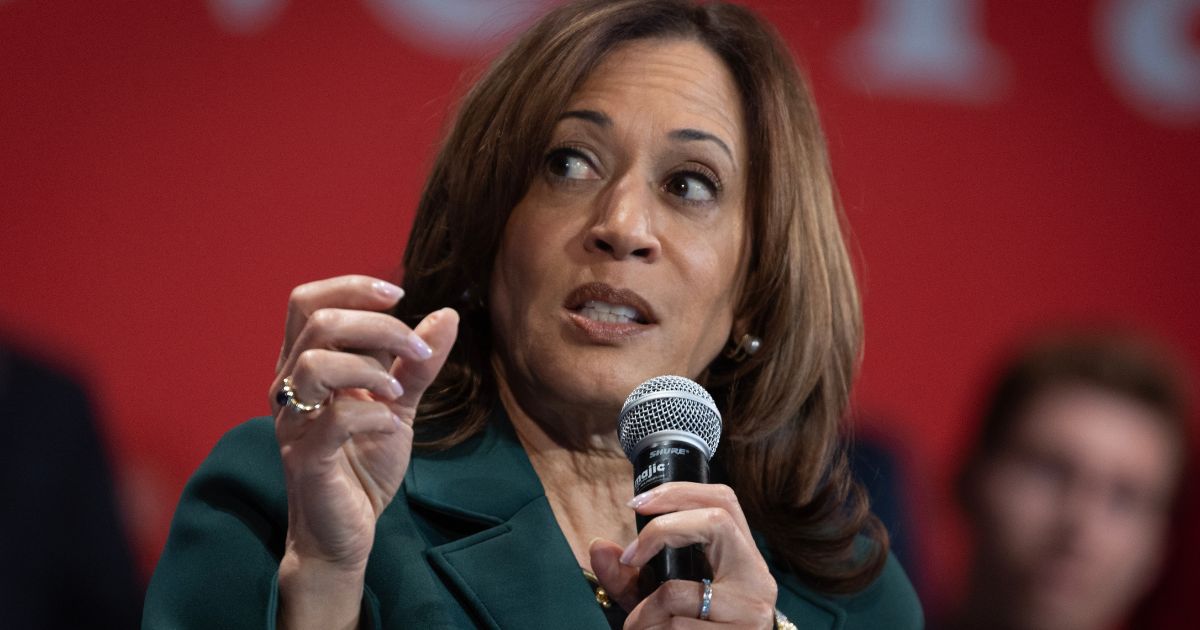45 State Legislatures Convene 2023 sessions by Jan. 18
Forty-five state legislatures will convene 2023 sessions by Jan. 18, with 35 doing so on or before Jan. 11—including 18 this week.
By the time deliberations conclude in December, the nation’s 7,383 state lawmakers will introduce on average a collective 110,000 bills—250,000 across two-year biennium sessions—and adopt more than 30,000 new laws and regulations.
While cable TV networks and digital sites near-exclusively focus on national issues being debated in Washington, the real action in adopting policies, imposing regulations, and making decisions that affect Americans’ day-to-day lives occurs in state capitols during annual legislative sessions.
Quorum States, an Washington bill-tracking company, has found that the number of bills introduced by state legislatures is 23 times greater than Congress annually. On average, 33 bills are sponsored or signed onto by a state legislator. Only four of these bills are adopted each session.
All 50 state legislatures, including Montana and North Dakota, will meet in 2023. They currently only meet in odd-numbered year. Lawmakers in eight states—California, Illinois, New Jersey, New York, Pennsylvania, Michigan, Wisconsin, Ohio—essentially meet year-round with recesses.
However, most state legislatures are not in regular session for more than 30 to 90 days per year. This means sessions can be very fast-paced due to the nearing adjournments required by state constitutions.
Also, the size and scope of elected bodies can vary. Unicameral Nebraska only has a 49-member, nonpartisan Senate. New Hampshire has 400 members in its House.
According to the National Conference of State Legislatures (NCSL), during the Nov. 8 midterms, 6,279 state legislature seats across 46 states were on ballots, including 85 percent of the seats in 88 of the nation’s 99 state legislative chambers (unicameral Nebraska)—4,978 of 5,413 House seats, 1,301 of 1,973 Senate seats.
In 2023, 4,031 Republicans will control state legislatures while 3,271 Democrats will. The GOP controls 58 chambers and 28 of the 99. “trifectas”—majorities in both chambers and a Republican governor. Democrats own “trifectas” Available in 19 states
On legislatures’ dockets in 2023 will be the annual top three issues—state budget, education, and health care—as well as legislation related to marijuana, autonomous vehicles, energy, prescription drugs, data privacy, policing, sports gaming, liquor laws, firearms, family paid leave, technology, and school choice, all while managing more than $2 trillion in yearly balanced-budget spending.
In the wake of the U.S. Supreme Court’s overturning of Roe v. Wade in June 2022, state lawmakers across the nation will be deliberating bills regulating abortion during 2023 with those in blue states seeking to ensure access and those in red states looking to impose further restrictions.
Many states will once again be focusing on tax policy, as state budgets are flooded with federal stimulus money and pandemic aid. In 2023, taxpayers in at least 38 states are likely to see substantial changes in their taxes. Additionally, 11 states will reduce their income tax levies as a result of the 2022 bills.
In 2023, a second session will be held to allocate federal funds from the $1.2 billion Infrastructure Investment & Jobs Act. This Act was adopted by Congress in November 2021 and is intended for long-planned infrastructure projects.
California and Maine technically have already started their deliberations in 2023 by convening in December.
After many years of starting annual sessions in January every year, Florida legislators will be back in Tallahassee in march, joining Alabama’s March 7th session.
By the time Louisiana lawmakers meet on April 10—the last state to convene its annual regular session—at least a dozen states will have adjourned for the year.
Below is a list of dates when state legislatures will convene in 2023. The dates are in parentheses.
December: California Dec. 5, (Sept. 14); Maine December 7, (June 21).
Jan. 2: Montana (May 10); Ohio (Dec. 31).
Jan. 3: Wisconsin (Dec. 31,); Kentucky (March 30,); Minnesota (May 22,); Mississippi (April 2,); North Dakota (April 28,); Pennsylvania (Dec. 31,); Rhode Island (June 30,);
Jan. 4: Connecticut (June 7); Massachusetts, (Nov. 15,); Missouri (May 12,); Nebraska (May 26,); New Hampshire (June 30,); New York (June 8,); Vermont (May 19,).
Jan. 9: Arizona (April 18); Arkansas (March 9); Colorado (May 6); Georgia (March 30); Idaho (March 24); Indiana (April 27); Iowa (April 28); Kansas (May 22); Washington (April 23).
Jan. 10: Delaware (30 June); New Jersey 31 Dec. 31; South Carolina (May 11); South Dakota 27 (March 27); Tennessee (4 May 4); Texas (May 29); Wyoming (3 March 3).
Jan. 11: Illinois (May 19); Maryland (10 April); Michigan (Dec. 31, 31); North Carolina (Aug 31); Virginia (12 February); West Virginia (12 March).
Jan. 17: Alaska (May 17); New Mexico, March 18; Oregon (June 25,); Utah, March 3
Jan. 18: Hawaii (May 4).
Feb. 6: Nevada (June 5); Oklahoma (May 26).
March 7, 2009 Alabama (June 14); Florida (May 5).
April 10, 2010 Louisiana (June 8, 2008).
" Conservative News Daily does not always share or support the views and opinions expressed here; they are just those of the writer."







Now loading...